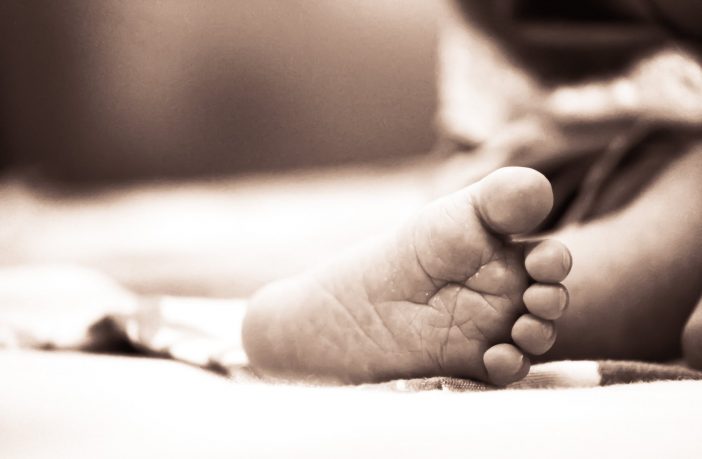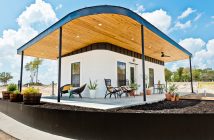- Shoes block receptors from doing their job and therefore inhibit the development of strong neurological pathways and connections.
- Shoes prevent stimulation of the proprioceptors, limiting a child’s movement plus impair balance and coordination.
Babies use the five basic senses — touch, taste, sight, hearing, and smell — to send feedback from their environment to their brains and develop their neural pathways.
But there are two other sensory systems that are rarely talked about — the proprioceptive system and the vestibular system.
Proprioception gives us the ability to perceive the motion and position of our bodies in space, while the vestibular system is responsible for balance and coordination.
The development of both of these senses relies heavily on sensory input we receive through bare feet, especially during infancy and childhood. When activated by pressure and movement, nerve endings in the feet called proprioceptors send signals to the brain telling it how the body is oriented.
The information gained from proprioceptors “is used to protect the foot itself from injury, but it’s also used by the brain to make subtle adjustments in your gait to protect bones and joints all the way up your body and to maximize the efficiency of your movements,” explains author of The Barefoot Book Dr. Daniel Howell.
Shoes block these receptors from doing their job and therefore inhibit the development of strong neurological pathways and connections. Often parents often put shoes on their babies the moment they learn to walk, or even before they even start walking, Flegal notes.
By doing this, they are preventing stimulation of the proprioceptors, limiting their child’s movement, and impairing balance and coordination, as the little muscles and joints in the feet cannot adjust to the changing terrain.
“When a child is allowed to be barefoot, her tactile pathways feel the surface of the ground, proprioceptors respond to pressure, and the terrain creates slight imbalances that create neuromuscular strength, spacial orientation, balance, and coordination,” Flegal writes.
Of course we want to protect our children’s feet from harsher environments, but Flegal recommends letting them run shoe-free on a variety of natural surfaces, such as grass, dirt, sand or wet leaves, as often as possible.
“As a result, you will permit them a great platform for the development of higher brain centers responsible for emotional control, problem solving, language, social skills, and self-assurance,” Flegal says.
Author: Bryan Groenendaal











